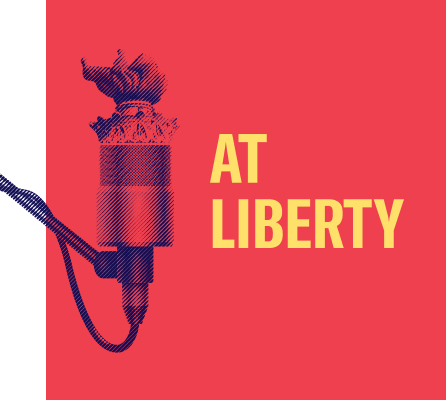The country and the ACLU lost a champion of civil rights earlier this month, when Robert L. Carter, federal judge and former general counsel of the NAACP, died at 94. Judge Carter’s astounding contributions to reforming American law about race discrimination are detailed in a NY Times obituary and his fascinating book, A Matter of Law: A Memoir of Struggle in the Cause of Equal Rights.
I worked as one of Judge Carter’s law clerks in the early 1990s, and always enjoyed hearing war stories about his time trying cases and the long struggle to dismantle court-sanctioned race discrimination that had been the center of his professional life. Occasionally he would also mention stories of discrimination he faced in his personal life, and I remember hearing a brief but striking anecdote about a time from his youth when he tried to integrate the swimming pool at his New Jersey high school. But I didn’t understand the full import of what happened until I read the following passage from his book:
At the time I attended East Orange High (1932-33), it had one of the best swimming teams in the state and would usually win or place high in all statewide competitions. The swimming pool in the school was available to black students only at the close of school on alternate Fridays, by gender. To protect the white children from contamination the blacks might have left in the pool, it was then drained, cleaned, and refilled for the use of white students the following Monday…
In May 1933, I read in the local newspaper that the New Jersey Supreme Court in a case from Trenton had held that all public school facilities available to white children had to be available to black children as well. Armed with this knowledge, during the next gym class period I joined the white boys when they retired to the swimming pool. The teacher was, of course, surprised, and at first tried to intimidate me by threatening me with expulsion. When that did not work, he pleaded with me to give in because otherwise he would lose his job. I was unmoved, insisting that the supreme court of New Jersey had said I had a right to use the pool when the white boys used it.
At every physical education class thereafter until graduation I went to the pool when the white boys did. I told the other black students in my gym class to join me, but no one did. It was a difficult, emotional effort for me. I could not swim at the time, but at every gym class, choked up and near tears with emotion and defiance, I would get in the pool at its shallow end and cling to the side of the pool until the period ended. None of the white boys used the pool with me in it, so there I was clinging to the side of the pool for dear life until the period ended. Rather than open the pool to all students, the school closed the pool the next school year. White-supremacy culture sometimes exacts a terrible toll on whites.
Imagine being that 16-year-old kid, in 1933, and having the inner strength to assert yourself that way. I’m blown away every time I read that passage. But it’s classic Judge Carter. We can see in the adolescent Bob Carter the man who would have the temerity to fight an accepted wrong, the fortitude to persevere over decades, and the courage to transform his own life as a means of changing other people’s lives and eventually the entire country.
The image of a young Bob Carter clinging to the side of the pool is among the many reasons he’s one of my heroes.
Learn more about racial discrimination: Sign up for breaking news alerts, follow us on Twitter, and like us on Facebook.




